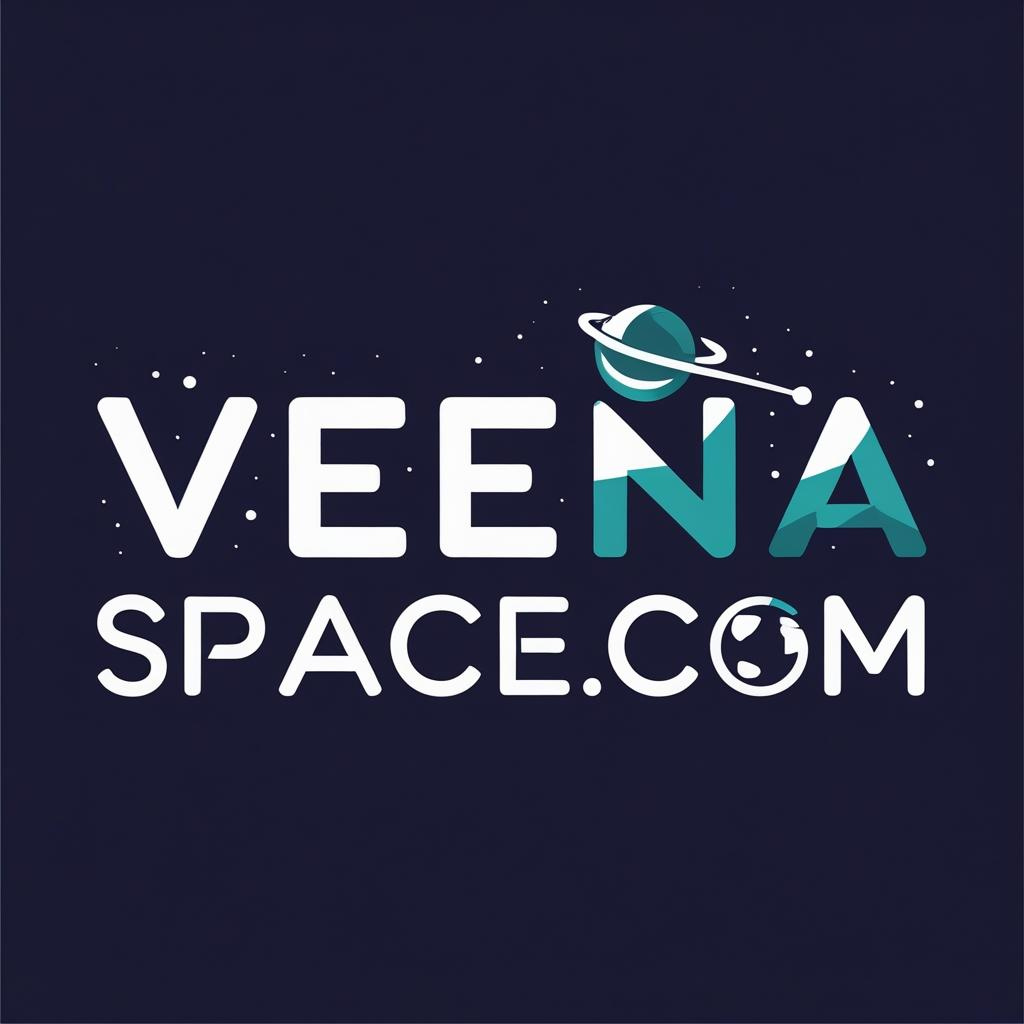
Image Credit: Space.com — AX-4 crew including astronauts from USA, India, Poland, and Hungary preparing for the upcoming 2025 mission
Discover the real funding behind Axiom Mission 4. How much did India, USA, Poland, and Hungary pay for astronaut participation? Learn about India’s Axiom mission cost, USA’s role, Poland and Hungary’s astronaut funding, and the true Axiom astronaut seat cost in this complete breakdow
axiom mission participation deail
- Axiom Mission funding
- India Axiom mission cost
- USA Axiom Space cost
- Poland Axiom cost
- Hungary Axiom cost
- Axiom astronaut seat cost
- USA role in Axiom Mission
Welcome to VeenaSpace.com
Sending an astronaut into space isn’t just about science anymore. It’s about investment, diplomacy, and global leadership. And in Axiom Mission 4 (Ax-4), four nations—India, USA, Poland, and Hungary—came together to prove just that.
But behind every historic moment is a financial story.
So, how much did each country actually pay to be a part of this mission?
Let’s go deep and uncover the real numbers, real strategies, and real value behind the mission that made headlines across the world.
What Was Axiom Mission 4?
Axiom Mission 4, also known as Ax-4, was a private mission to the International Space Station (ISS) operated by Axiom Space, an American company.
The crew included astronauts from:
- 🇮🇳 India (Shubhanshu Shukla – training phase)
- 🇵🇱 Poland
- 🇭🇺 Hungary
- 🇺🇸 USA
But here’s the twist: this mission wasn’t government-run like NASA’s Apollo or ISRO’s Gaganyaan. It was commercial. That means each astronaut seat was paid for—like a high-priced ticket to space.
What Is the Cost of One Astronaut Seat? (Axiom Astronaut Seat Cost)
Here’s what you need to know:
🪑 One seat on an Axiom mission costs approximately $55 million USD, which equals about ₹450 crore INR.
This includes:
- Launch on SpaceX Falcon 9
- Ride on Crew Dragon spacecraft
- Full astronaut training (at NASA and Axiom facilities)
- Access to the ISS (NASA charges per day)
- Support staff, insurance, emergency systems
- Mission control & scientific payloads
It’s like buying a “business-class to space” ticket—with training, tools, and tech all bundled in.
🇮🇳 India Axiom Mission Cost – A Bold First Step
India’s astronaut Shubhanshu Shukla was selected for the Ax-4 training program. This was India’s first direct entry into private commercial astronaut missions.
The funding came from:
- The Indian government
- ISRO
- Likely involvement of defense/strategic sponsors
Estimated India Axiom Mission Cost:
~$55 million (₹450 crore)
This investment marked India’s ambition to step into the global commercial human spaceflight market.
“This wasn’t just a seat—it was India’s boarding pass to the future of private space exploration.”
🇵🇱 Poland Axiom Cost – 100% Government Funded
Poland made a big move by funding its first astronaut mission in decades through Axiom 4.
- The mission was coordinated through ESA (European Space Agency)
- Poland paid in full—government-backed
Estimated Poland Axiom Cost:
~$55 million (₹450 crore)
This marked Poland’s return to space after decades and opened doors for future scientific payloads and astronaut programs.
🇭🇺 Hungary Axiom Cost – A Strategic Investment via HUNOR
Hungary joined Ax-4 through its HUNOR (Hungarian to Orbit) program—a partnership between the government and research sectors.
Hungary didn’t just send an astronaut—they also contributed scientific experiments to be performed aboard the ISS.
Estimated Hungary Axiom Cost:
~$50–55 million (₹410–₹450 crore)
“Hungary used Ax-4 to build not just national pride, but also its future space tech infrastructure.”
🇺🇸 USA Role in Axiom Mission – More Than Money
Here’s the key difference: USA didn’t pay for a seat like the others.
Why?
Because Axiom Space is an American company, and NASA provided:
- ISS access
- Training centers
- Tech support
- Mission coordination
USA Axiom Space Cost:
No direct astronaut funding
Instead, USA provided billions in infrastructure & technology to make this mission possible.
USA’s role was as the host, builder, and backbone of the operation—not just a passenger.
📊 Funding Breakdown: Country-wise Chart
| Country | Funding Model | Estimated Cost (USD) | Contribution Highlights |
|---|---|---|---|
| 🇮🇳 India | Govt + ISRO (full payment) | ~$55 million | First commercial astronaut from India |
| 🇵🇱 Poland | Fully Government Funded | ~$55 million | ESA-backed astronaut project |
| 🇭🇺 Hungary | Govt + Research Institutes | ~$50–55 million | Scientific payloads + astronaut seat |
| 🇺🇸 USA | Infrastructure Support Only | No seat cost | Provided NASA training, ISS access & logistics |
Why Are Countries Paying So Much? Is It Worth It?
You might be thinking:
“$55 million for a seat? That’s insane!”
But in reality, these missions aren’t just space rides. They are:
- National pride missions
- Science experiments in microgravity
- Strategic partnerships with USA
- Training grounds for future astronauts
- Massive branding for a country’s tech capabilities
India’s participation, for example, sends a message:
We’re ready to lead in space, not just follow.
Human Thought: What If You Were in Charge?
Let’s say you were India’s Prime Minister or a decision-maker.
Would you invest ₹450 crore in one astronaut’s seat?
For short-term minds, the answer might be no.
But for those thinking 10-20 years ahead, this investment brings:
- Global respect
- Future missions
- Tech development
- Jobs and innovation
Your Turn – Was It a Wise Investment?
What’s your honest opinion?
👉 Was it right for India to invest $55 million in Axiom Mission 4?
👉 Should more developing countries explore such missions?
Share your thoughts in the comments!
And don’t forget to bookmark VeenaSpace.com — where the universe meets logic, and facts are always rocket-fueled 🚀
